Synchronicity is choreographed by a great, pervasive intelligence that lies at the heart of nature, and is manifest in each of us through intuitive knowledge.
~ Deepak Chopra
My garden has emerged from a tangle of intentions. Native, wild and cultivated species flourish, entwined in lifeways and relationships that weave through species and shared space. I’ve been cultivating this feral suburban land for about three years now, though it has mostly grown itself, allowing me to witness and be of service to the life that calls it home. Spending time here, I have become intimate with its inhabitants - the green anole with the missing back foot that dominates the raised beds, the plump gecko that hunts near the kitchen window, the family of mice that thrive in the compost pile despite occasional predation by a couple of domiciled cats.
For the past two years a cohort of bumblebees have been regular visitors in the morning and evening hours. It began early last summer when they came in packs, flying low and slow in the early light, bouncing from bloom to bloom along the vining luffa, salvia and morning glories. I began to look forward their arrival, smiling as I watched them stuffing furry bodies into flowers thick with yellow pollen, back legs dangling, corbiculae packed to overflowing with the good stuff. Sometimes I find them napping, curled up in a blossom and swaying gently in the morning breeze. They never seem to mind my presence, focused intently on their task.
The lovely flowers embarrass me,
They make me regret I am not a bee.
~Emily Dickinson
Bumblebees are native here, unlike the honeybee who’s introduction to Turtle Island began with European colonization. Their ancestors were pollinators of the Great Prairies, a vast grassland that stretched from what is today central Texas north to Canada. But that was long ago, before the plow, the cows and suburban sprawl, in the days when technicolor blossoms spread across the land as far as the eye could see. One can imagine the air vibrating with the hum of a thousand tiny wings, furry tanks flying lazily from bloom to bloom through sun dappled grasses, the scent of a million flowers rippling through their wings.
One of the greatest tragedies humanity has suffered during the colonial times is the demystification of Nature.
~ Charles Foster
Having evolved in a world of abundance, bumblebees didn’t develop an aptitude for long distance flight and tend to forage close to home. Watching this years cohort, I wonder where their hive is, knowing it is unlikely to be the same as last years. The life of a bumblebee follows the seasons, a cycle that begins in the spring and ends in the fall. Each year the queen emerges from her solitary winter’s sleep and goes out into the world seeking the perfect place to build a hive. She will choose a site on the ground, either in an abandoned critter hole or under under a mat of dense brush or grass. Once settled she busies herself with preparations, creating wax pots in which to collect pollen and lay her eggs. The first hatchlings will all be females, and this femme regime will spend the summer foraging for pollen, building the hive into a thriving colony. It will not be until Autumn that new queens and males will be born, and these will leave the hive soon after to mate. When the first frosts of winter arrive, only those newly mated queens will survive, hunkered down in hibernation. All the rest will die.
This summer not much of what I planted flourished, even the luffas that had been so previously abundant. The few plants that have thrived are those that have been rooted in, native and well adapted enough to have built in coping mechanisms for periods of prolonged heat and drought. The bumblebees have returned, fewer in numbers than before but with the same consistency and focus of harvest. Those I see regularly gather pollen from the native mealy blue sage, morning glories and esperanza blooms that have thrived despite the oppressive heat dome of 2023. I do my best to keep these things alive so they will have enough sustenance to give life to next years cohort.
Bumblebee populations around the world are in decline, due mostly to a loss of habitat. Providing space for these beings to forage, and leaving room and structure for them to nest, isn’t complicated. It simply means letting go of control, seeing the beauty in wild things, and greeting the world around us with an open heart.

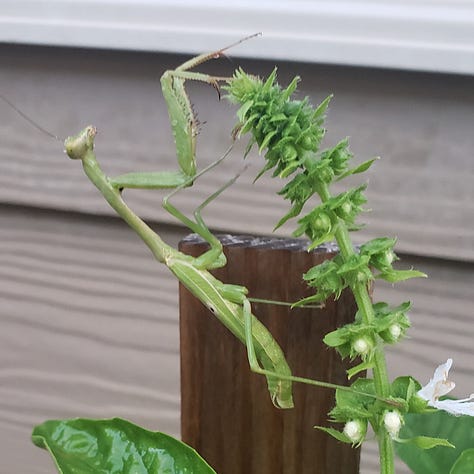
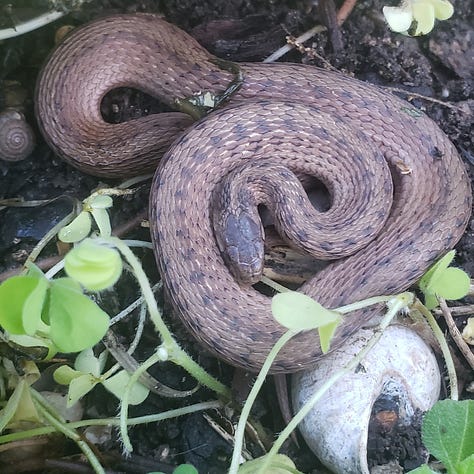
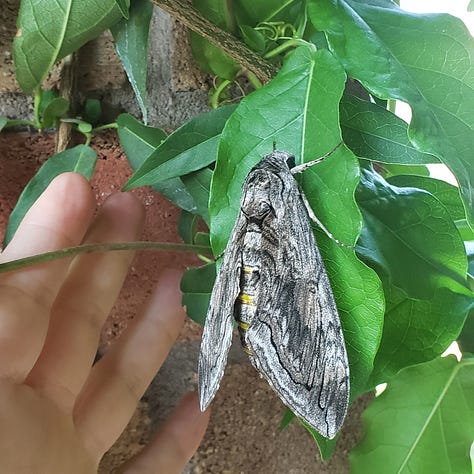
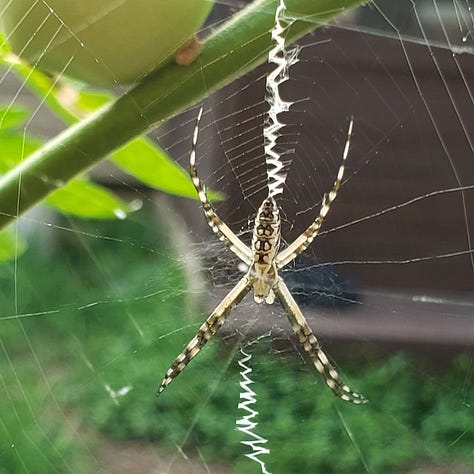
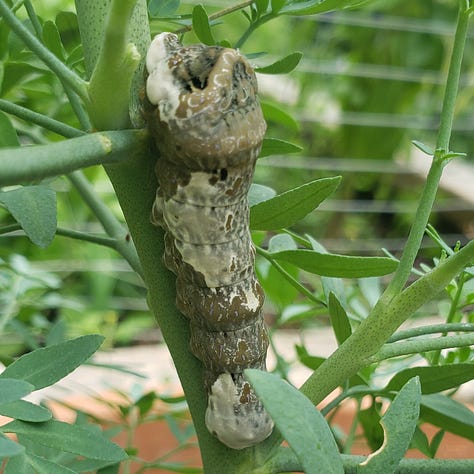
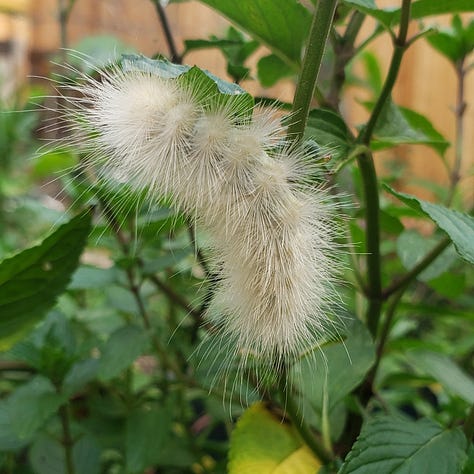

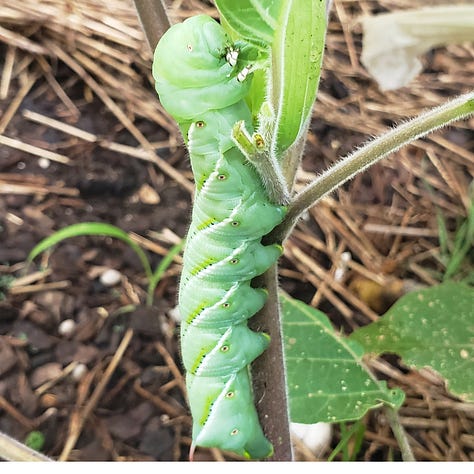
Call it a bird, an insect, an animal or a man, call it by any name you please, one serves ones own self in every one of them.
~Sri Anandamayi Ma
Resources
Bumblebees: Nesting and Overwintering Xerces.org



